How Virtual Care Will Play Out in 2022 – a Look Post-CES and JPM
Health Populi
JANUARY 24, 2022
A new study from CIGNA and its subsidiary MDLive touts the cost-effectiveness of telehealth to improve health outcomes, reducing the need for unnecessary lab work, reducing duplication of care, and connecting patients with high-performing providers. We have some early data points we can weave into the answer to this question.

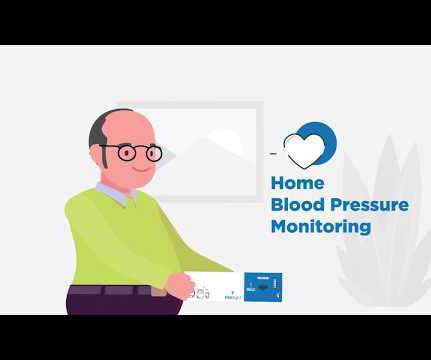
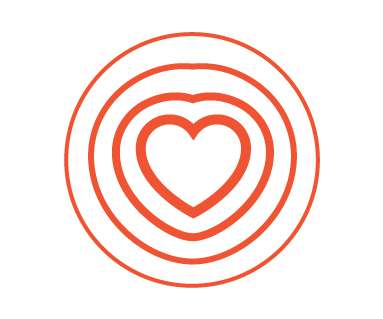
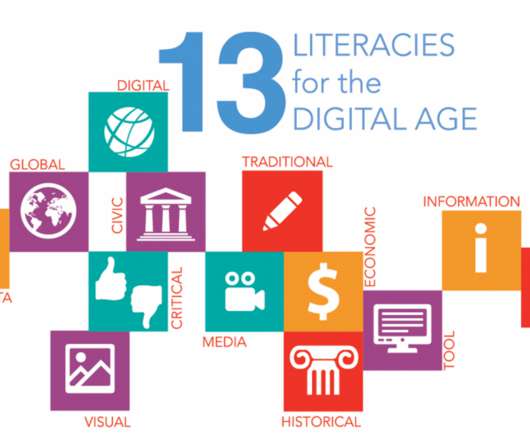

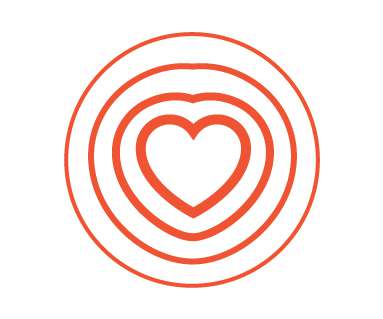
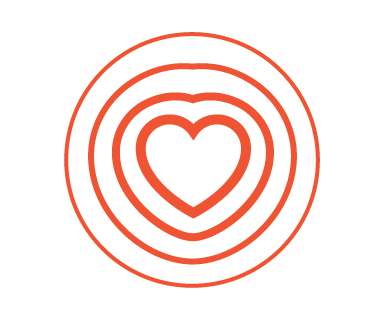
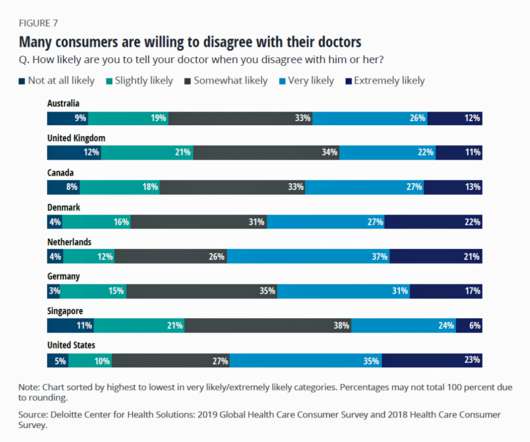

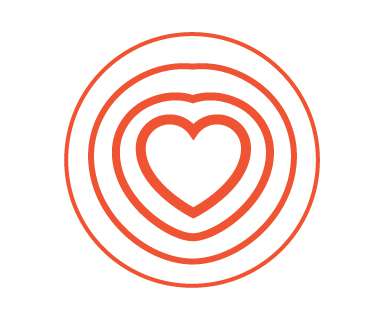










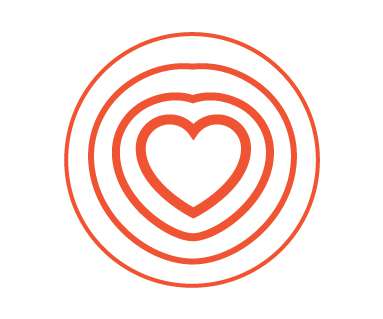








Let's personalize your content